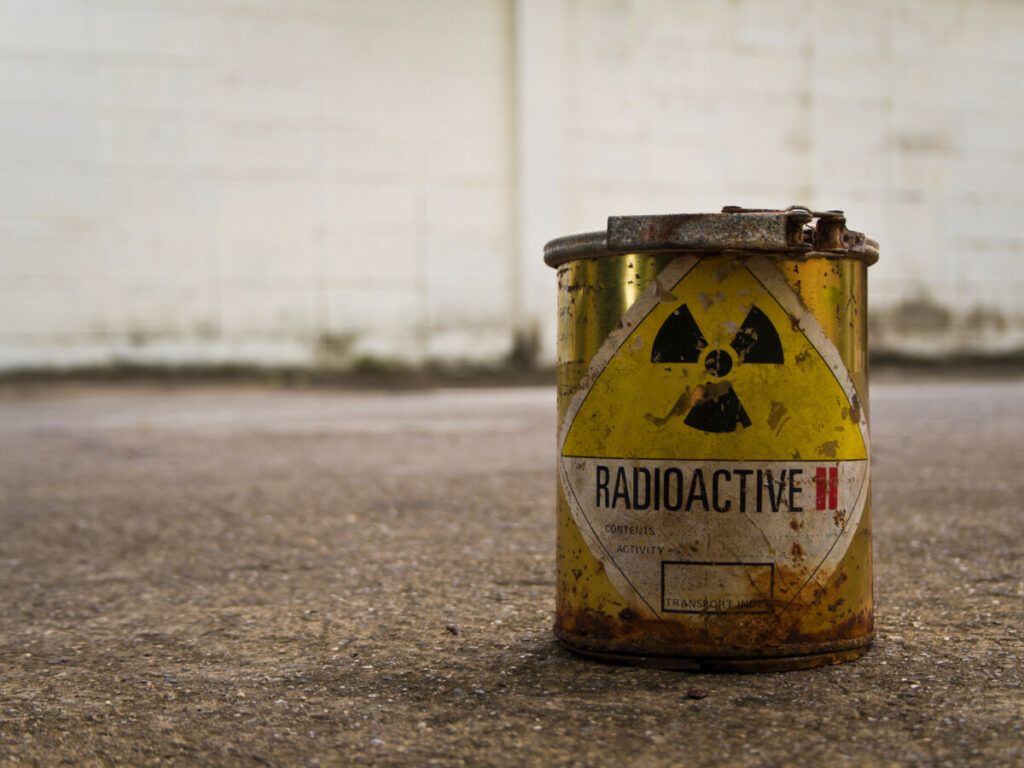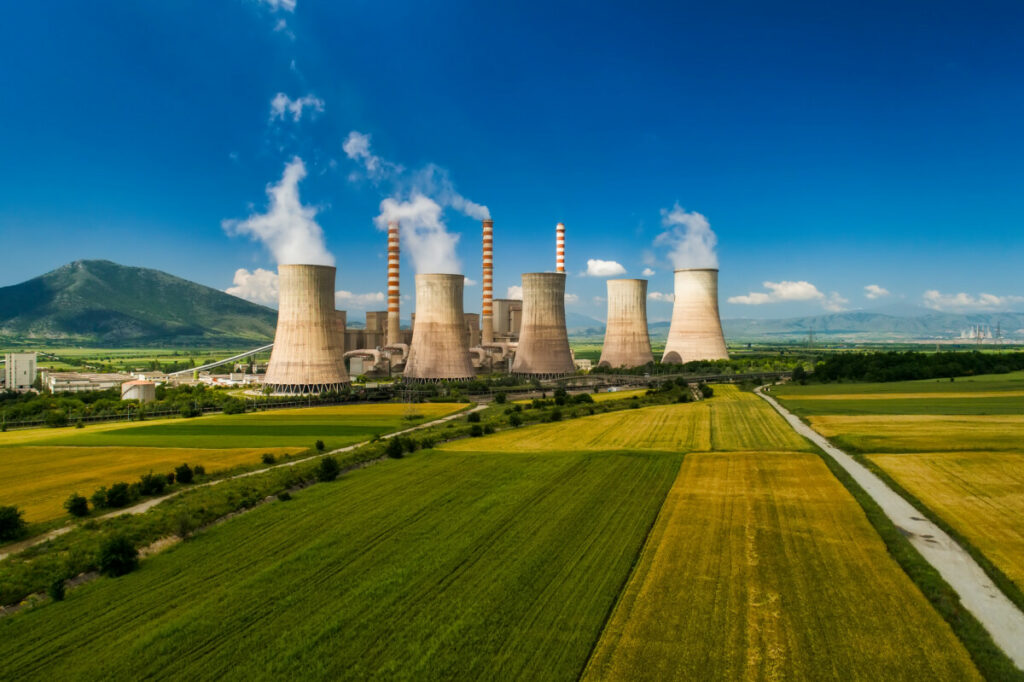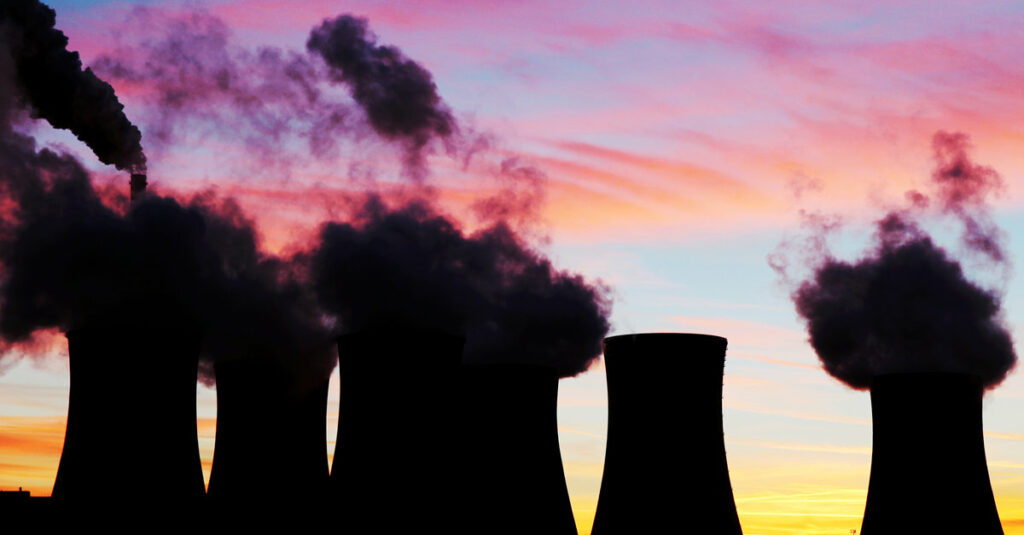
Nuclear energy is often seen as the best form of clean energy today, as it produces very little waste and a lot of energy. However, nuclear waste is a natural consequence of nuclear power, and with its bad reputation as a dangerous substance that is difficult to contain, recycling looks like the best option for nuclear waste; nuclear waste contains lots of potential power, but recycling it isn’t always easy. When it can be recycled, however, it can reduce its nuclear footprint and provide great energy with little waste.
Nuclear waste, produced by fission reactions, can either be safely contained in prepared facilities or reused as a different kind of fuel, as it still contains 95% of its power capabilities. Recycling nuclear waste can be difficult, however, as it requires many complicated chemical reactions.
Nuclear energy is often seen as the best form of clean energy today, as it produces very little waste and a lot of energy. However, nuclear waste is a natural consequence of nuclear power, and with its bad reputation as a dangerous substance that is difficult to contain, recycling looks like the best option for nuclear waste.
What is nuclear waste, and how is it produced?

Nuclear waste is a popular plot device in fiction, but unfortunately, it doesn’t give ordinary kids the powers of flight or laser eyes. Nuclear waste has a reputation for being a toxic, glowing slime haphazardly stored in rusty barrels in sewer systems, but science fiction movies couldn’t but further from the truth.
Harnessing energy always produces waste, but in the case of nuclear power, it’s a bit of a double-edged sword. Nuclear power has a lot of benefits, it doesn’t produce nearly as much waste as carbon energy sources, nor does it pollute the air. What waste it does produce, however, has to be treated very carefully, as it is radioactive, and can cause health problems to anyone exposed without proper protective gear.
The good news is that our understanding of nuclear waste and radioactivity means that no one working in a nuclear power plant is underestimating what they’re working with. Nuclear energy is carefully contained and treated, so in the unlikely circumstance that there is a leak, it’s small enough to not be hazardous. Nuclear waste is treated with similar caution, carefully contained, and disposed of.
However, nuclear power is so efficient that nuclear fuel often contains up to 95% of its energy even after being used for three to five years. Imagine if you only used 5% of your cell phone battery every time you charged it. You would probably want to figure out a better way to use your fuel, wouldn’t you? Recycling nuclear waste is possible, but it isn’t as easy as recycling paper or plastic.
Nuclear waste is produced from fission reactions in power plants. A fission reaction is when an atom, a uranium atom to be specific, is split, releasing energy that can be turned into electricity. When the uranium atoms are split, they produce different isotopes (that’s atoms with a different number of neutrons) of uranium and plutonium.
This radioactive result isn’t a neon glowing ooze, but rather solid pellets contained in special tubes. This waste is usually thrown away, but in some cases, it can be repurposed again as a power source.
How can nuclear waste be recycled?
If nuclear waste contains so much power, why isn’t all of it recycled? The short answer is that it’s really hard. It isn’t as simple as moving the waste to another machine and getting power out of it.
Nuclear waste is separated into low-level waste and high-level waste. Low level is easy to deal with, it is the items that have come into contact with radioactive material, like gloves or tools, that now are radioactive themselves. These items can’t be recycled, and are sealed in a safe area until their radioactivity has decreased to safe enough levels to be thrown out as usual. High-level waste is used nuclear fuel or nuclear fuel that has been used for three to five years.
After being used, nuclear fuel is full of things like uranium and plutonium isotopes, which are like nuggets of gold in a mine. Surrounding our nuclear “gold”, however, is a lot of useless dirt we don’t want. We can’t use the remaining fuel until it’s been sifted out, which is a lot easier to do with gold than with radioactive material.
Getting the stuff we want out requires many chemical reactions. These reactions have to be performed in a shielded area and produce liquid radioactive material. Liquid radioactive material still isn’t a glowing goo, it’s simply water and other fluids turned radioactive from being used to cool, store, or produce radioactive material.
In countries like the US, nuclear waste often isn’t recycled because to do so would require building an expensive plant to perform these chemical reactions to separate usable and unusable nuclear waste. While recycling nuclear waste may pay off later, it’s expensive up front, and there’s still a lot of controversy about the potential dangers of nuclear power.
Alternate disposal options for nuclear waste

When nuclear waste can’t or just isn’t recycled, it can’t just be tossed in the garbage can. Nuclear waste that isn’t recycled has to be carefully contained and stored away.
In some countries, it is contained in glass tubes, in others, steel containers are filled with waste, then place in concrete containers. These tubes and other containers are then sealed away in an area where they can’t cause any damage to people or the environment.
These areas vary, they can be deep underground in a stable rock formation, carved out of a mountain top, or dug out below the ocean. Placing nuclear waste under the ocean is inadvisable, however, as it can potentially leak out into the ocean, and it’s harder to detect leaks if they happen. They will include water to cool and shield the radioactive material. These areas are then sealed with rocks and clay, so there is no chance of radioactivity leaking out.
While this works in the short term, it still leaves barrels of nuclear waste just sitting around for long periods of time. It takes up space, uses up resources, and doesn’t take advantage of the remaining power in the spent nuclear fuel. It is, however, cheaper up front than building a plant to recycle nuclear fuel, and doesn’t come with the same controversy that using nuclear energy does.
Related Topics:
If you like the article above, here are some other similar articles you should check out!
A Complete Guide to Finding Recycling Resources Near You
